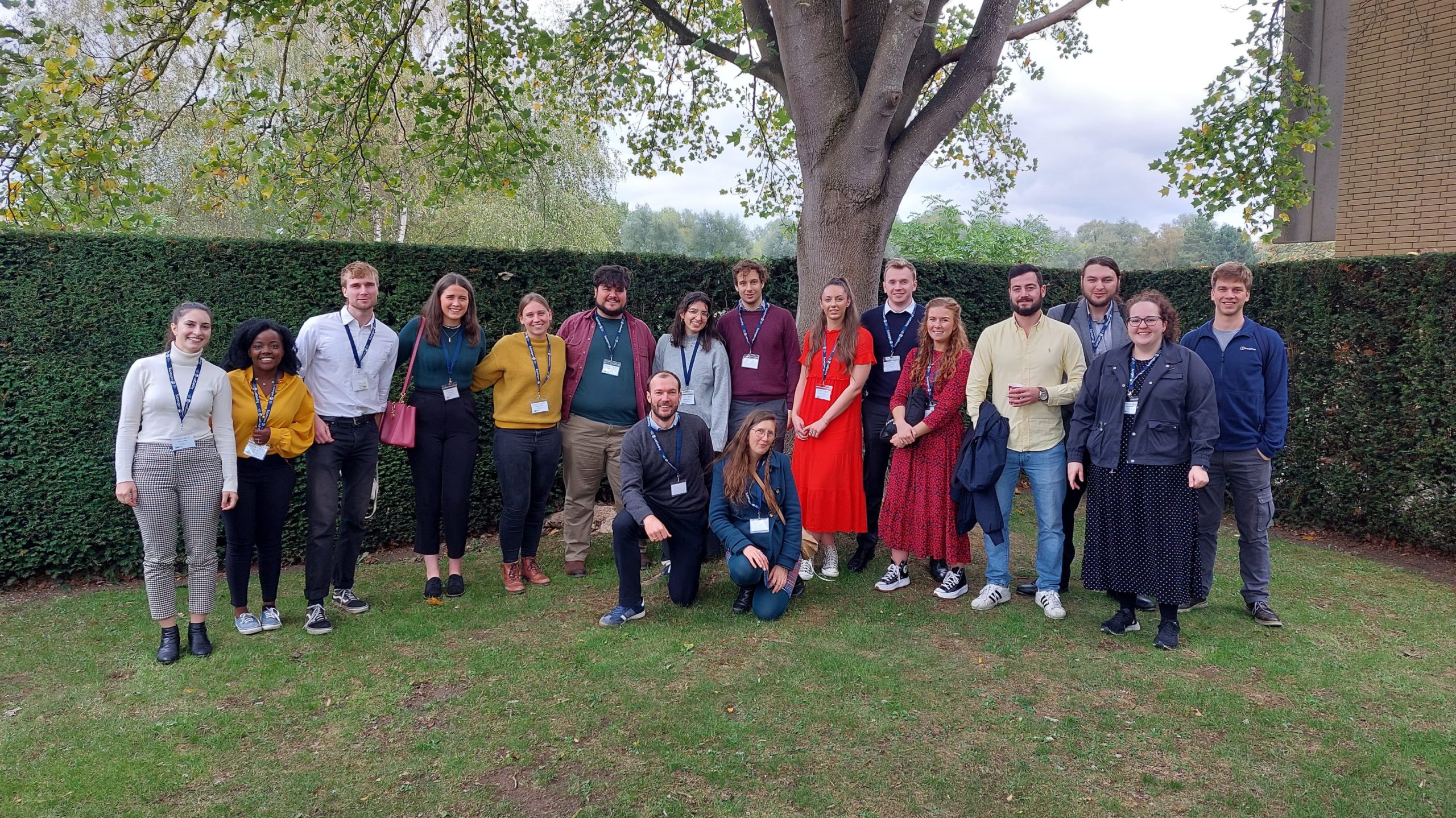
Adam Stock and Ally Price attended the SuperGen ORE Hub Autumn Assembly in Oxford earlier this year, below are some of their take aways from the event.
Deborah Greaves (Plymouth) – reported on the EPSRC project ‘Flexible responsive systems in wave energy’. They plan to invite collaborators to simulate their CLAM device (bottom hinged terminator). Results will then be compared to experimental data. She also mentioned past work on a scale model of the Marinet 2 model (the researcher is no longer at Plymouth), and work on advanced modular PTO design.
George Aggidis presented on the NHP-WEC project. They are developing control algorithms that make use of data from forecasting. The main researchers are James Taylor and Wanan Sheng. Their research device is the TALIS, a mushroom-shaped buoy that reacts against an enclosed internal mass. They have many collaborators, including NREL and Sandia.
Nick Baker (Newcastle) updated us on the MU-EDRIVE project. They plan to use the Carnegie buoy for their ocean data collection, and integrate this into an IPS buoy to overcome end-stop issues.
Peter Stansby (Manchester) rattled through ongoing work on MoorWEC. He described their fast non-linear time domain models (Cummins with 2nd order sum/difference forces), and non-linear FK force estimated from the acceleration of the float immersion. They modelled their elastic moorings using their in-house code (OREGON) and compared this to Orcaflex and Proteus. They used system identification on mooring forces measured in FloWave to find non-linear added mass and damping. He announced an upcoming publication by Sam Draycott in Applied Ocean Research.
Dr Zhijing Liao (Queen Mary’s) represented the project on System-level co-design and control of large capacity wave energy converters with multiple PTOs. Their multiple PTO WEC is Manchester’s M4 device. They are doing multi-directional wave prediction and are using HIL for rapid prototyping their controllers (LNOC, MPC). They are using hinge velocity as the input to their predictor.
Qingwei Ma presented on WavE-Suite. They are testing three different types of WEC in survival conditions at ITT Madras; the data will be made publicly available at a later stage.